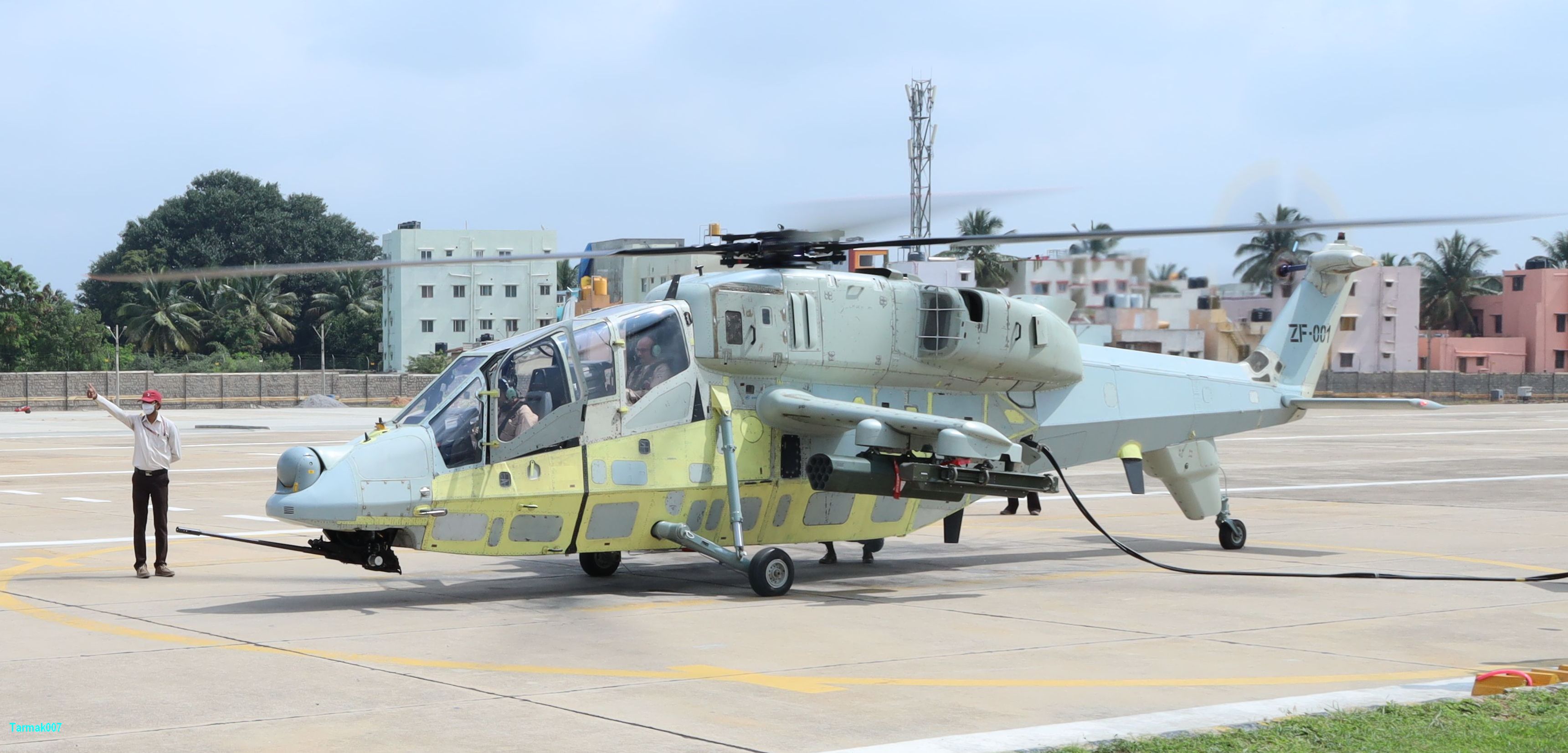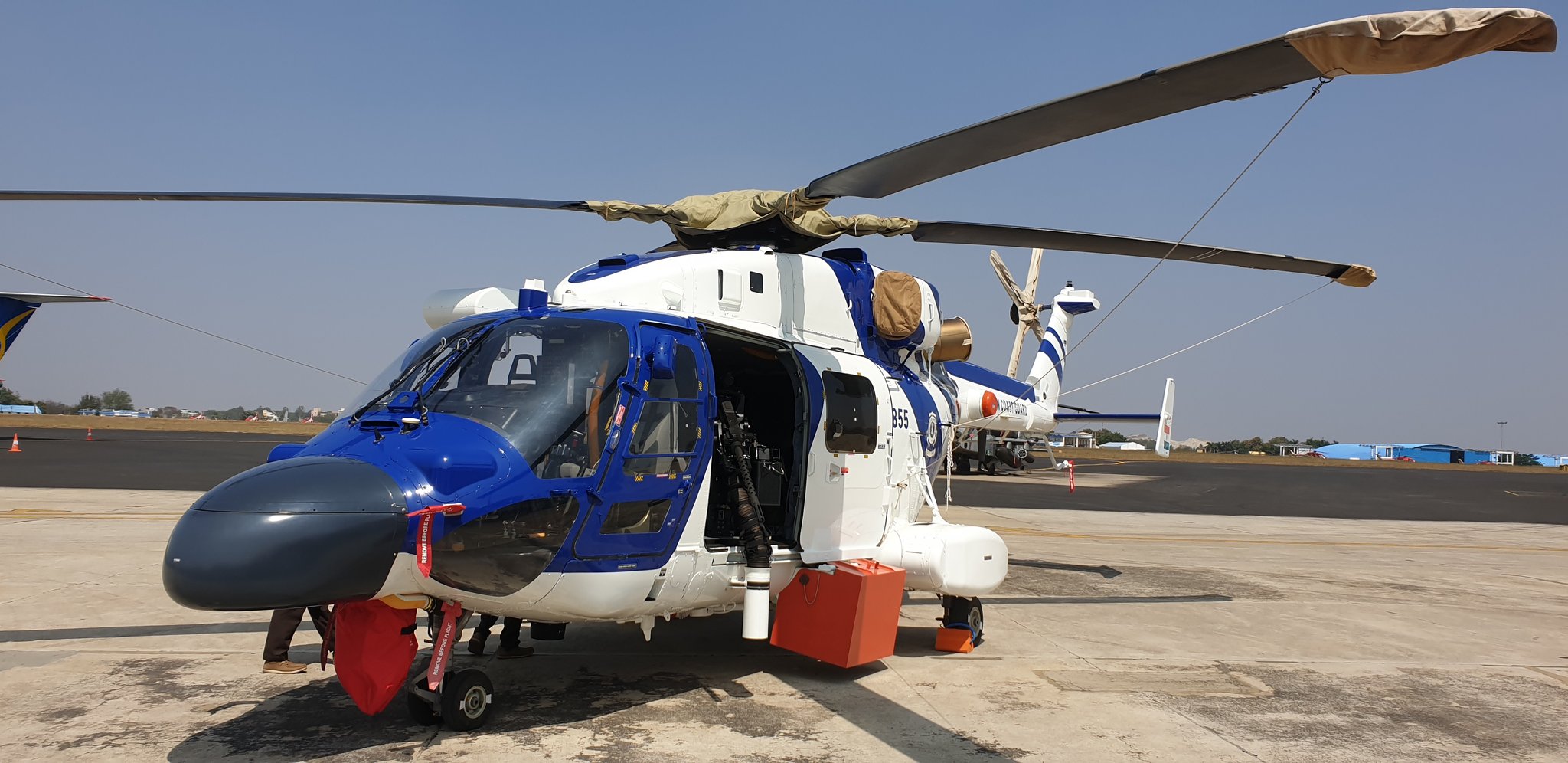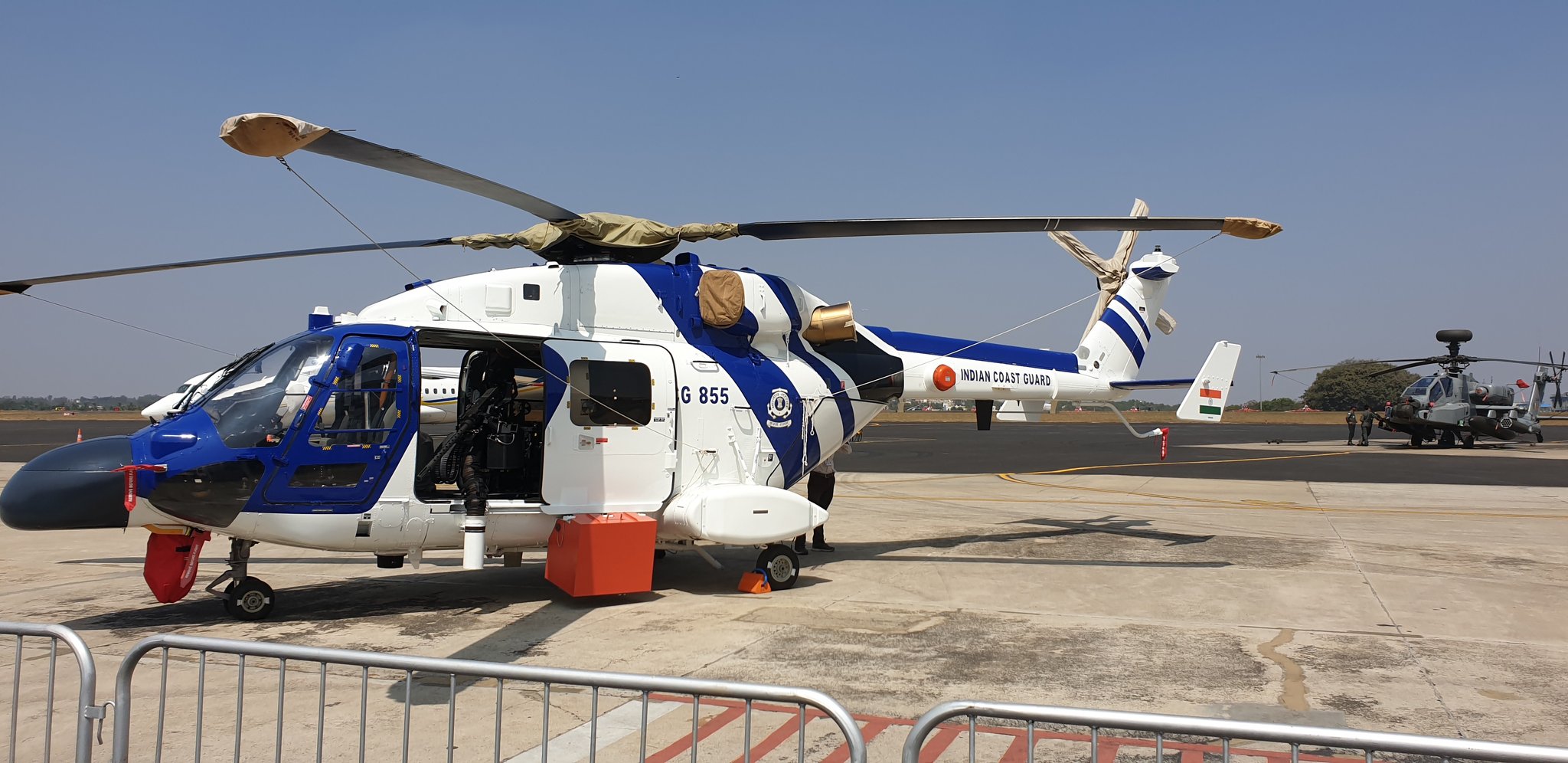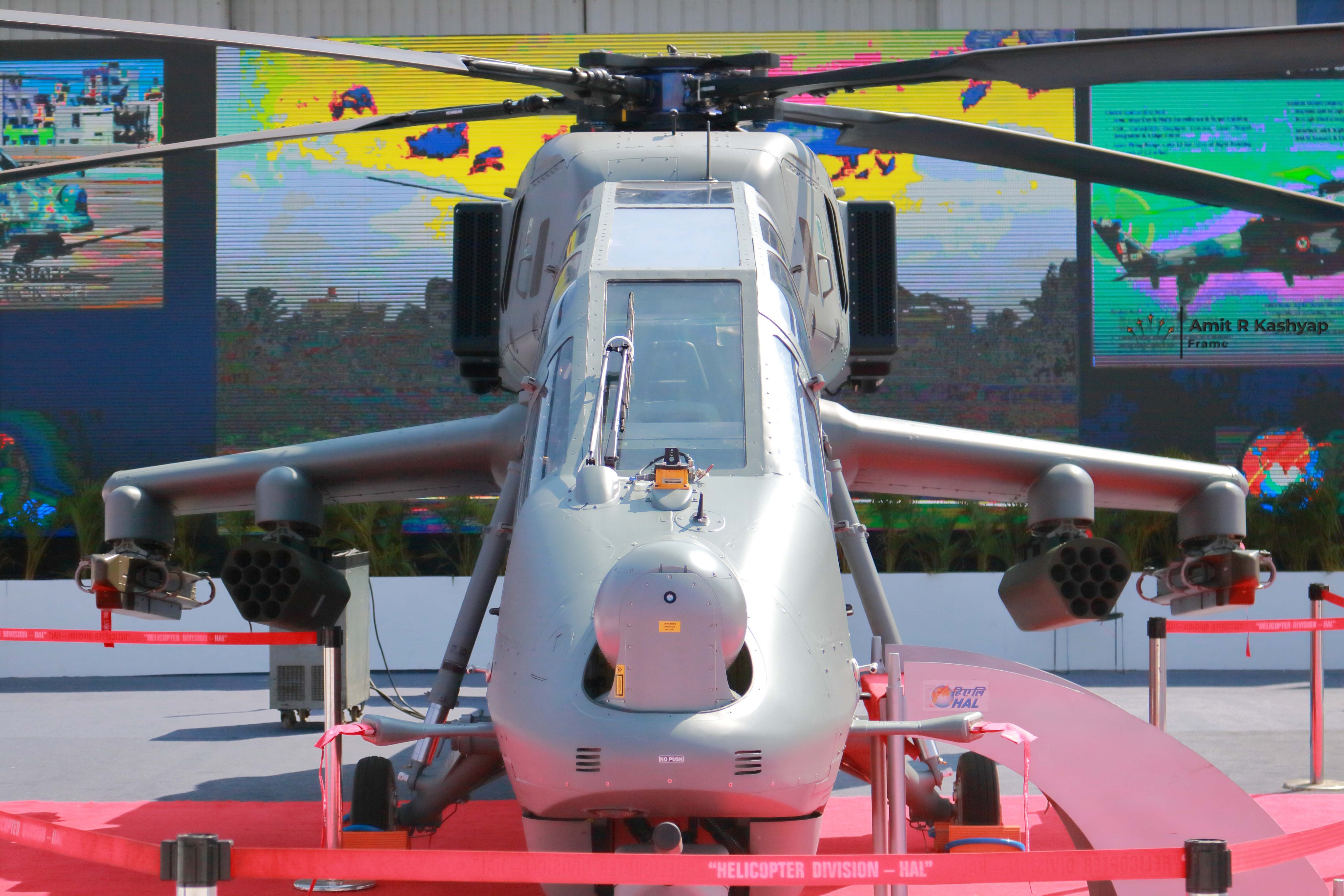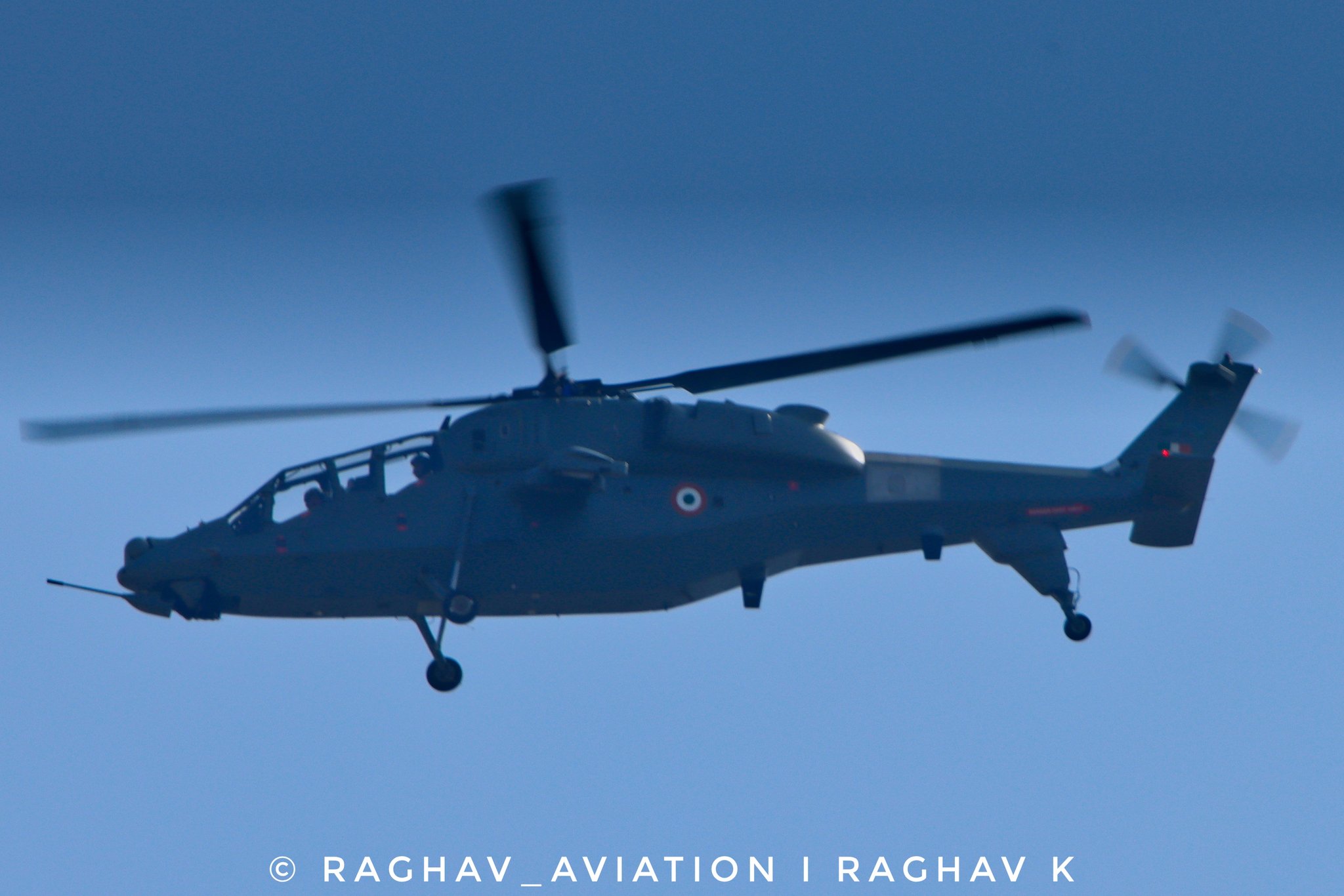It’s the final stretch before an indigenous light helicopter will be ready to replace hundreds of Cheetah and Chetak helicopters in military service.
Two HAL Light Utility Helicopter (LUH) prototypes landed in Ladakh on August 19 for what is playing out as a final capability demonstration for the Indian Army before orders are placed. The helicopters, in their final stretch of flight test to meet an Indian armed forces requirement of nearly 200 of these, have been flying sorties between Leh, forward airfields like Daulat Beg Oldie and even super-high altitude helipads at the Siachen glacier. The demonstration, requested by the Army, comes amidst a continuing military standoff in eastern Ladakh between the Indian and Chinese armies. You can read all about the LUH’s final stretch in our June report here.
The LUHs are back in Ladakh for the second time in less than a year. In September last year, an LUH prototype operated from the world’s highest airfield at Daulat Beg Oldie. You can read about those trial flights in our September 2019 report here. The current deployment comes at a dramatically different time from last year. Over the last week, the LUH prototypes have been flying with Indian Army pilots close to areas not far from the military standoff zones. Daulat Beg Oldie, where the LUH has operated from both last year and this week, is also the site of a major mobilisation on both sides of the Line of Actual Control.
The deployment is a crucial one for Hindustan Aeronautics Ltd (HAL), which was recently invited by the Indian Air Force to send a pair of Light Combat Helicopters (LCH) to Ladakh on an unprecedented force projection deployment in an operational setting. Livefist had detailed that deployment here with first videos breaking cover on our YouTube channel.
As we noted earlier this year, the LUH achieved initial operational clearance (IOC) in February, with FOC planned for next year, by which time paperwork on inductions will have begun. Both the IAF and Army have expressed confidence in starting procurement procedures, a sign that the LUH has established early maturity. Most work towards FOC will focus on systems and automatic flight control system (AFCS) work until the services issue their requests for quotation (RFQ) with firm requirements.






